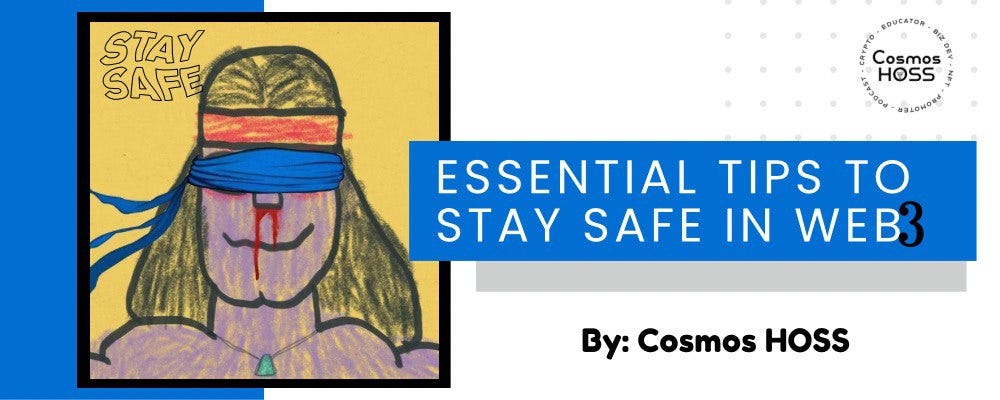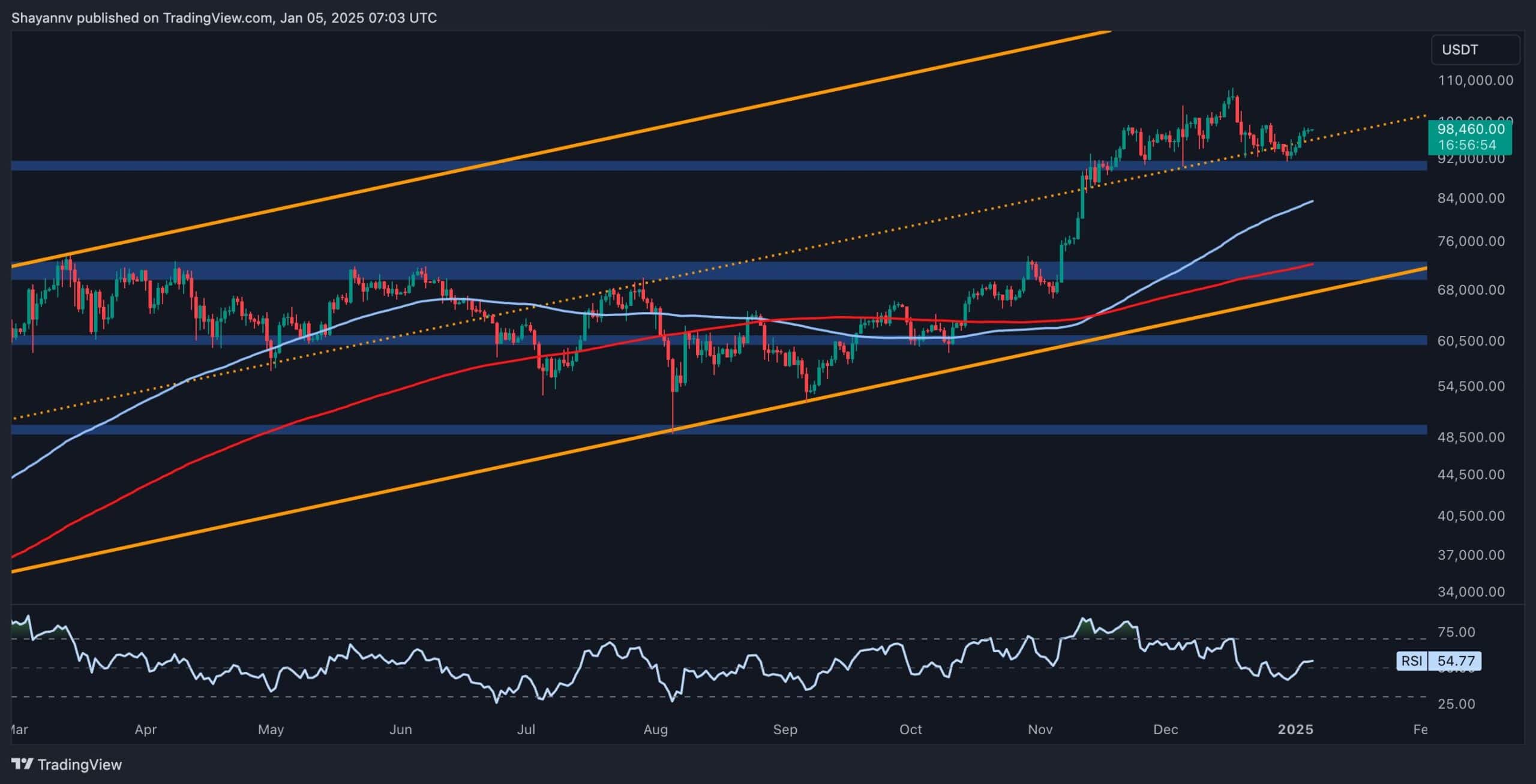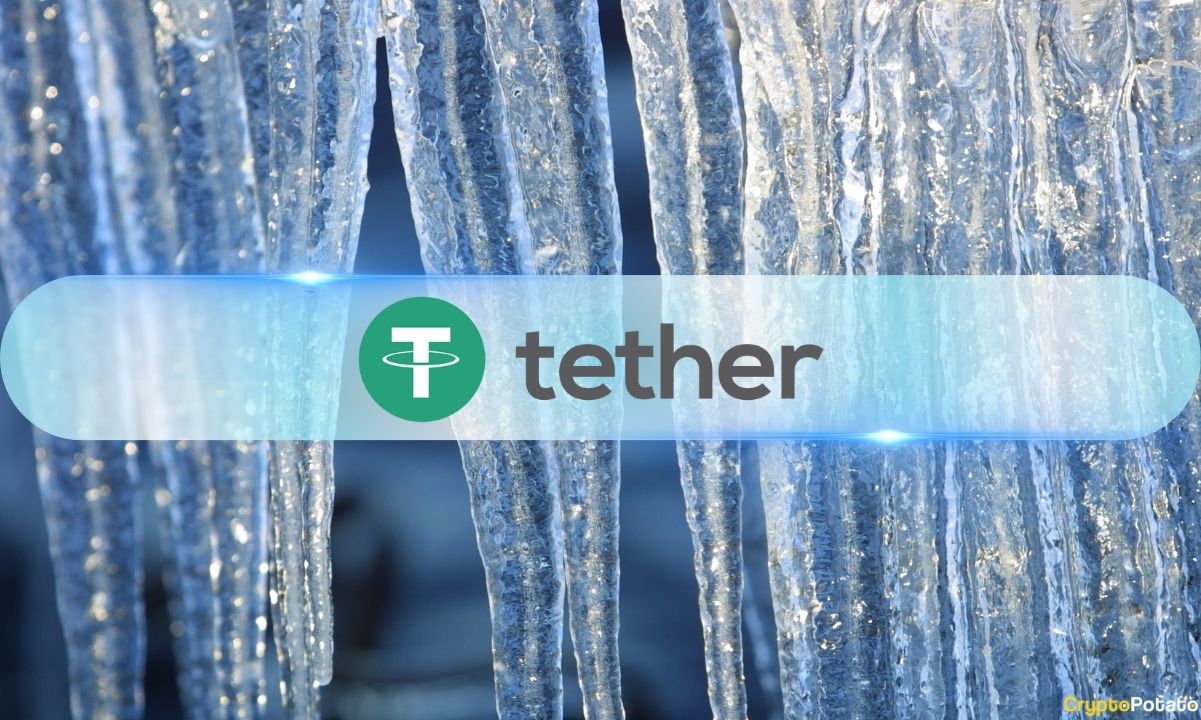
Staying Safe in Web3: Essential Tips for Navigating the Decentralized World
Web3 is revolutionizing how we interact online, offering unparalleled opportunities for innovation, ownership, and freedom. But with great opportunity comes the need for great caution. The decentralized nature of Web3 can leave participants vulnerable to scams, hacks, and errors if they’re not prepared.
Here are some essential tips to help you stay secure while navigating the exciting world of Web3.
1. Protect Your Wallets
Your crypto wallet is your gateway to Web3, and its security is paramount. Here’s how to keep it safe:
- Use a Hardware Wallet: A hardware wallet, like a Keystone, Ledger, or Trezor, stores your private keys offline, making it nearly impossible for hackers to access them remotely.
- Keep Your Seed Phrase Private: NEVER share your seed phrase with anyone. N E V E R!!! Write it down on paper and store it in a safe place. Avoid digital storage like screenshots or cloud services.
- Separate Wallets for Different Uses: Consider using multiple wallets — one for daily transactions, NFTs, and another for storing long-term assets. This minimizes risk in case of compromise.
2. Be Wary of Phishing Attacks
Phishing is one of the most common threats in Web3. Scammers often impersonate legitimate projects or platforms to steal your funds.
- Double-Check URLs: Always verify the URL before entering sensitive information. Bookmark trusted sites to avoid fake copies.
- Use Official Sources: Get links from official project websites, verified social media accounts, or trusted community members.
- Enable Anti-Phishing Features: Some wallets and browsers offer anti-phishing tools. Enable these to add an extra layer of security.
Personally, I use Malwarebytes (not sponsored), just a great product that essentially makes it impossible to click on bad links.
3. Verify Smart Contracts
Interacting with smart contracts can be risky if you’re not careful.
- Read the Contract Details: Take the time to understand what permissions you’re granting. Tools like Mintscan, Etherscan, or BscScan allow you to review contract details.
- Revoke Unused Permissions: Use tools like Revoke.cash to manage and revoke permissions you’ve granted to smart contracts.
- Stick to Audited Projects: Whenever possible, interact only with projects that have undergone professional security audits and have been around the block long enough.
4. Secure Your Devices
Your wallet and Web3 activities are only as secure as the device you use.
- Use Antivirus Software: Install reputable antivirus software to protect against malware (Malwarebytes is my go-to).
- Keep Software Updated: Regularly update your operating system, browser, and wallet apps to ensure you have the latest security patches.
- Avoid Public Wi-Fi: Use a secure, private internet connection, or enable a VPN when accessing sensitive information.
5. Stay Informed About Scams
The Web3 space evolves quickly, and so do the scams.
- Follow Trusted Sources: Stay updated by following reputable Web3 blogs, forums, and social media accounts.
- Join Communities: Participate in Discord or Telegram groups of projects you trust, but be cautious of unsolicited direct messages (DMs).
- Think Before You Click: If something sounds too good to be true, it probably is. Take your time and research thoroughly. Never do anything when you’re overly tired. (I’ve been scammed before and had a wallet drained from making a big mistake when I was exhausted.)
6. Practice Safe Trading
Exchanges and trading platforms are prime targets for attackers.
- Use Decentralized Exchanges (DEXs): DEXs reduce the risk of centralized exchange hacks but still require caution.
- Enable 2FA: Always enable two-factor authentication (2FA) on centralized platforms. Personally, I use a hardware key (Yubikey).
- Withdraw Funds After Trading: Avoid leaving large sums on exchanges. Transfer them to your secure wallet as soon as possible. Being overly paranoid is better than being overly lax.
7. Diversify and Back Up
Even the most cautious can face unexpected losses. Be prepared for worst-case scenarios.
- Diversify Your Holdings: Spread your assets across multiple wallets and platforms to reduce risk.
- Backup Critical Information: Keep offline backups of your seed phrases and private keys in secure locations.
8. Embrace Privacy
Privacy is a cornerstone of Web3, and protecting it is vital for your security.
- Use Privacy-Focused Wallets: Consider wallets that support privacy features, such as Tornado Cash or zk-SNARKs.
- Mask Your Identity: Avoid linking personal information to your wallets or Web3 accounts.
- Explore Privacy Networks: Look into blockchains that prioritize privacy, like Secret Network, Monero, or Zcash.
- Win in Silence, the less people know about you, the better off you will be.
Final thoughts: Stay Vigilant, Stay Secure
Web3 offers a thrilling frontier of possibilities, but it’s also a space where mistakes can be costly. By taking these precautions and staying informed, you can confidently explore and benefit from the decentralized world while having a much better experience.
Remember: in Web3, you are your own bank and custodian. A little vigilance goes a long way in keeping your assets and identity secure.
Did you find these tips helpful? Let’s connect! Follow me on X for more Web3 insights and updates.
 Thank you for reading, please reach out with ANY questions you may have.
Thank you for reading, please reach out with ANY questions you may have.Essential Tips to Stay Safe in Web3 was originally published in The Capital on Medium, where people are continuing the conversation by highlighting and responding to this story.

 2 days ago
71
2 days ago
71






 English (US) ·
English (US) ·